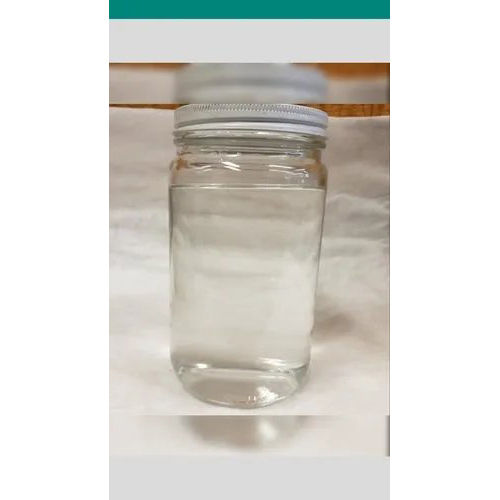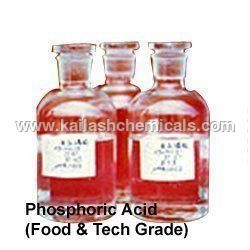Dexamethasone
Product Details:
- Poisonous NO
- Application Pharmaceutical
- Physical Form Powder
- Purity 95%
- Product Type Dexamethasone
- Storage Room Temperature
- Click to View more
Dexamethasone Price And Quantity
- 5 Kilograms
- 10000 INR/Kilograms
Dexamethasone Product Specifications
- Powder
- Room Temperature
- Pharmaceutical
- 95%
- NO
- Dexamethasone
Dexamethasone Trade Information
- Telegraphic Transfer (T/T) Cash in Advance (CID) Cash Advance (CA)
- 5 Kilograms Per Day
- 2-3 Days
- All India
Product Description
Dexamethasone
Dexamethasone is used to treat many inflammatory and autoimmune conditions, such as rheumatoid arthritis and bronchospasm.[4] Idiopathic thrombocytopenic purpura, a decrease in numbers of platelets due to an immune problem, responds to 40 mg daily for four days; it may be administered in 14-day cycles. It is unclear whether dexamethasone in this condition is significantly better than other glucocorticoids.[5] It is also given in small amounts[6] before and/or after some forms of dental surgery, such as the extraction of the wisdom teeth, an operation which often leaves the patient with puffy, swollen cheeks. It is injected into the heel when treating plantar fasciitis, sometimes in conjunction with triamcinolone acetonide. It is useful to counteract allergic anaphylactic shock, if given in high doses. It is present in certain eye drops particularly after eye surgery and as a nasal spray (trade name Dexacort), and certain ear drops (Sofradex, when combined with an antibiotic and an antifungal). Dexamethasone is used in transvenous screw-in cardiac pacing leads to minimize the inflammatory response of the myocardium. The steroid is released into the myocardium as soon as the screw is extended and can play a significant role in minimizing the acute pacing threshold due to the reduction of inflammatory response. The typical quantity present in a lead tip is less than 1.0 mg. Dexamethasone is often administered before antibiotics in cases of bacterial meningitis. It then acts to reduce the inflammatory response of the body to the bacteria killed by the antibiotics (bacterial death releases proinflammatory mediators that can cause a response which is harmful to the patient), thus improving prognosis and outcome.[7]

Price:
- 50
- 100
- 200
- 250
- 500
- 1000+








 Call Me Free
Call Me Free
